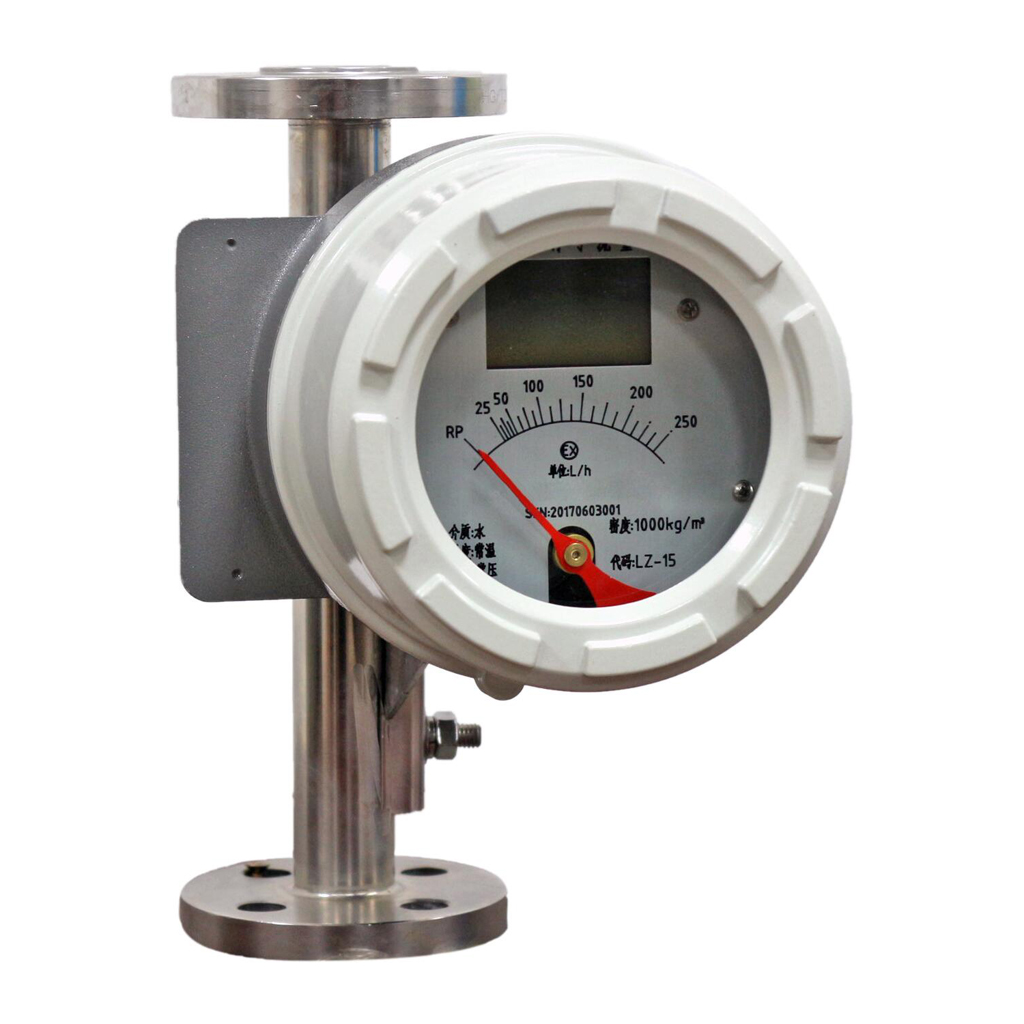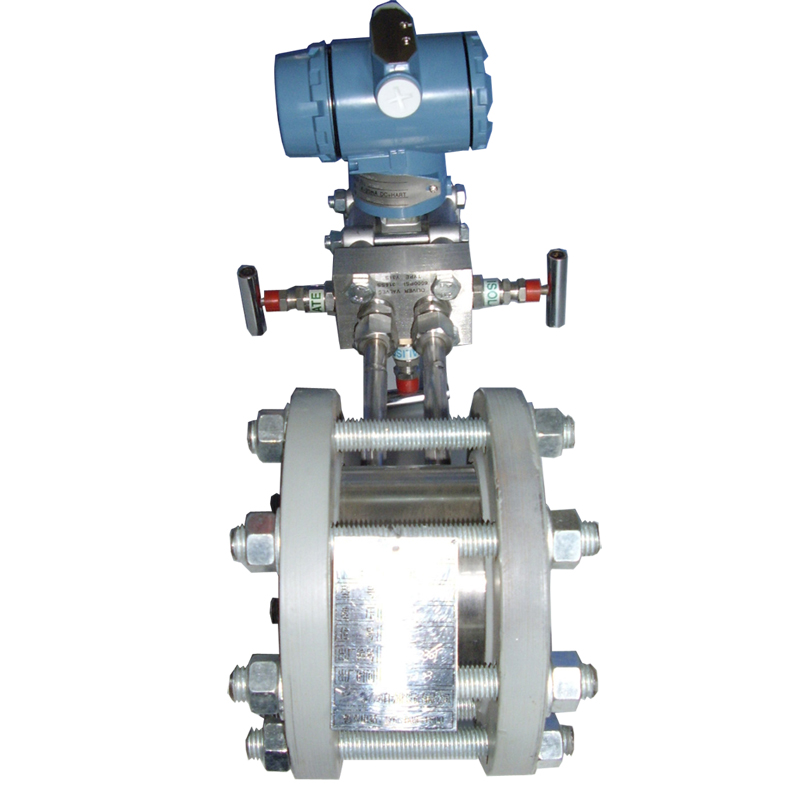variable area type flow meter
Email:sales01@cxflowmeter.com
whatsapp:008618049841995
Variable area flow meters mainly include the following types of flow meters:
Rotameter:

Also known as a float flowmeter, it consists of a conical tube, a rotor and a float. The upper and lower ends of the conical tube are equipped with measuring interceptors. The rotor can move up
and down in the tapered tube to change the flow channel area. When the fluid passes through the rotor from bottom to top, it generates thrust on the rotor and causes it to rise. When the thrust
is equal to the combined force of the buoyancy force, the rotor and the viscous force, the rotor will float at a certain height. For a certain rotor, the position of the rotor in the tapered tube corresponds
to the fluid flow rate.
The rotameter has a simple and intuitive structure, small pressure loss, easy maintenance, reliability and durability. It can measure the flow of liquid, gas and steam, and is especially suitable for
medium flow measurement of low flow rate and small flow rate.
A flow meter that utilizes a certain relationship between the pressure difference and flow rate generated when fluid flows through a throttling device. Differential pressure flow meters usually consist
of throttling devices (such as orifice plates, nozzles, etc.) and differential pressure meters.
Commonly used throttling devices include orifice plates, nozzles and venturi tubes. Differential pressure flow meters have a simple structure and a wide range of applications. They are used in
flow measurement of steam, gas and liquid, especially in high temperature, high pressure and large diameter flow measurement.
Diaphragm flow meter:
A device that uses the deformation of a diaphragm to measure flow. When fluid passes through the diaphragm, the diaphragm is deformed by the pressure of the fluid, and the degree of deformation
is related to the flow rate. By measuring the deformation of the diaphragm, the flow rate of the fluid can be calculated.
These flow meters may have some subtle differences in design and application, but essentially all measure flow based on the change in area or pressure produced when a fluid flows through a
specific structure. When selecting a variable area flow meter, comprehensive considerations need to be made based on specific application scenarios, measurement media, flow range, accuracy
requirements and other factors.
If you have any other questions about
flow meter selection, please contact CIXIFM winny:
Email:sales01@cxflowmeter.com
whatsapp:008618049841995


